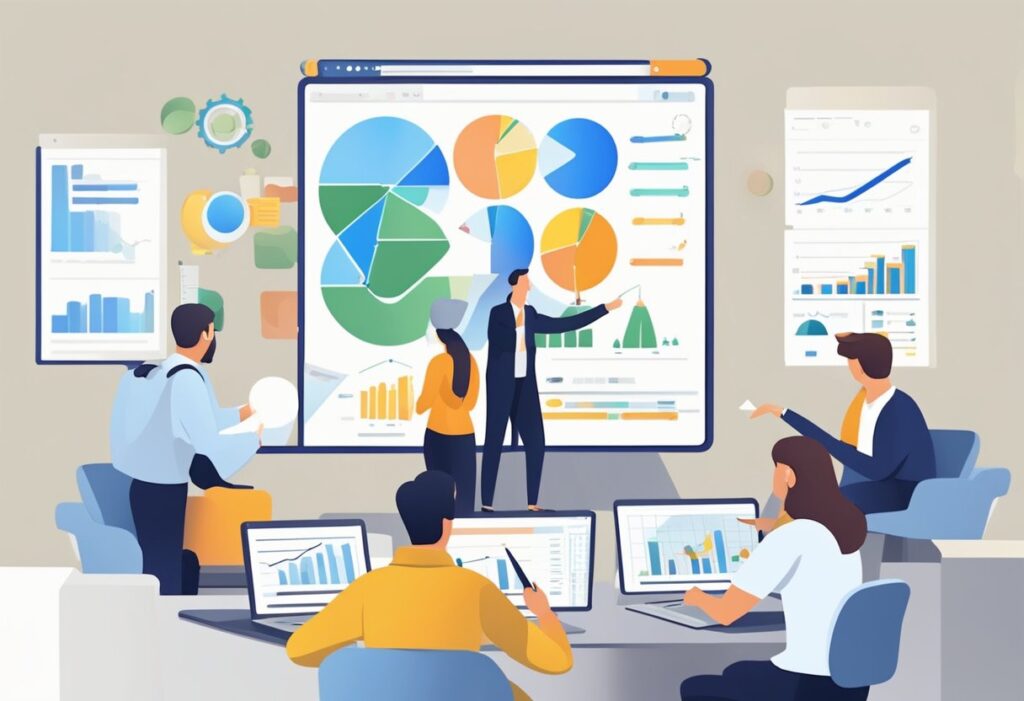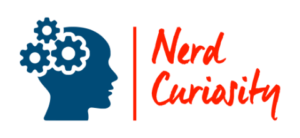Building a strong relationship between product managers and engineers is pivotal to any tech company’s success. You, as a product manager, are tasked with translating customer needs into a vision where engineers can breathe life into it. The journey is intricate, fascinating, and wrought with communication challenges that can test the bonds of even the most cohesive teams.

At the crux of it, product managers define the ‘what’ and ‘why,’ while engineers establish the ‘how.’ This balance ensures products not only deliver on expectations but also drive innovation. It’s a partnership where the managerial finesse of setting clear objectives complements the technical prowess of execution.
Diving into the article, you’ll discover strategies to enhance this partnership, understand the subtleties of communication between the two roles, and learn how mutual respect can fuel a shared vision. The following sections will unpack the dynamics of this collaboration, providing you with actionable insights to foster a thriving environment for your products and teams.
Understanding Roles and Responsibilities

In successful product development, clearly defined roles and responsibilities ensure harmony and efficiency between product managers and engineering teams.
Defining the PM Role
You, as a product manager (PM), serve as a bridge between the market and the engineering team. Your role is to understand customer needs and translate them into a vision that guides the product strategy. It’s your job to define the “what” and “why” behind product features, prioritizing tasks based on their potential impact. Work closely with stakeholders to align these features with the business goals and user expectations, providing clarity to your engineering team.
Expectations from Engineering Teams
The engineering teams look to you for direction but also require autonomy to solve complex problems. Their primary responsibility is figuring out “how” to technically implement the features you’ve outlined. You must rely on their expertise to plan technical strategies and execute the long-term technical design. While effective collaboration is essential, fostering a healthy tension can lead to more engaged and innovative problem-solving.
Navigating Through Technical and Non-technical Responsibilities
Balancing technical know-how with leadership skills is a delicate dance for both product managers and engineers. As a PM, you need to possess enough technical knowledge to earn the respect of your engineers and to communicate effectively. Yet, it’s crucial that you do not micromanage the engineering process. Spend your time focusing on the market, customers, and stakeholders, while trusting your engineering team to handle the technical implementation with proficiency.
Fostering Stakeholder Relationships

Product managers bridge the gap between various stakeholders and the engineering teams they collaborate with. Your role involves nurturing a complex web of relationships that are critical to the product’s success.
Building Trust with Engineers
Trust forms the cornerstone of any successful relationship. You should start by showing genuine respect for the technical expertise and creative problem-solving skills of your engineering colleagues. Regularly acknowledging contributions and providing clear, actionable feedback will help create an environment of mutual trust. For instance, when an engineer goes the extra mile, mentioning their effort in a team meeting not only boosts morale but also reinforces the value they bring to the project.
Communicating with Engineering Managers
Communicate your product vision and roadmap clearly to engineering managers so they can align their team’s work with your strategic goals. This involves being transparent about priorities and providing context for why certain decisions are made. Remember, concise and clear communication is often more effective than overly detailed directives.
Engagement with the Wider Business
Keeping in touch with the wider business brings a wealth of perspective that can enrich engineering solutions. Share customer insights, market analyses, and feedback loops with your engineering team to establish a shared understanding of the ‘why’ behind their work. This also positions engineers to offer innovative solutions that may not have been considered from a purely technical standpoint.
Driving Product Strategy and Execution

To achieve success in product development, it’s crucial to master both strategic planning and the ability to carry out plans effectively. Your role intertwines with engineers to turn product vision into reality.
Setting Clear Product Roadmaps
To set the stage, a clear product roadmap is your strategic communication tool and a plan for executing the product’s vision. It lays out the vision, direction, priorities, and progress of the product over time. A product roadmap must align with your product strategy to ensure all stakeholders are on the same page. The roadmap serves as a guide for everyone involved, from engineers to executives, about where the product is headed and the steps necessary to get there.
Prioritizing Features and Backlogs
When crafting a product, recognizing which features to build first can make or break your success. Prioritizing your product’s features and backlog is about making informed decisions that align with your strategic goals. Keep in mind, however, that prioritizing is an ongoing process. Your market’s needs will evolve, and your backlog must adapt accordingly. This is where close collaboration with engineers is indispensable to establish a realistic execution of high-impact features for your users.
Balancing Technical Debt and Product Development
Balancing technical debt against new feature development is akin to walking a tightrope. You must weigh short-term gains against the longer-term stability and scalability of your product. Technical debt should not be ignored; if left unaddressed, it can accumulate and hamper future development. Efficient collaboration with engineers is key to deciding which tech debts to tackle now and which ones can be deferred. It allows for sustainable product development without compromising on technical quality or user experience.
Product and Engineering Collaboration

Effective collaboration between product managers and engineers is essential for the successful development and implementation of a product. It hinges on creating a synergistic environment where open communication and collaborative problem-solving underpin every product decision.
Building a Collaborative Environment
Your team’s synergy starts with a culture of mutual respect and shared goals. It’s important to define the roles clearly, with product managers focusing on the “what” and “why”, while engineers tackle the “how”. This division of labor ensures that everyone knows their responsibilities and how their contributions fit into the broader product strategy. Using tools like Lucidchart can help visualize this relationship and clarify roles to avoid overlap and conflicts.
Effective Communication Channels
Communication is the backbone of any team, more so in the cross-functional context of product development. Establishing various channels for interaction, from formal meetings to informal chats, fosters an environment where ideas can be shared freely. To avoid misinterpretation, product requirements should be communicated with clarity, and if possible, supplemented with visual aids like flow diagrams or sketches, as suggested by Built In.
Problem-Solving and Decision Making
When a problem arises, a swift and collective approach to problem-solving can save your project from stalling. Engage engineers in the decision-making process, as their technical insight is invaluable in assessing the feasibility and risks associated with product decisions. Involve them in defining the “when” and “if”, ensuring that timelines and feature implementations are realistic, a tip echoed by Aha!.
Measuring Success and Progress

In your role, it’s crucial that you have a grip on how your product is faring and where your team is headed. This is why tracking your progress, interpreting feedback, and pivoting your plans become game-changers.
Tracking Product Performance
Your product’s performance is a beacon that guides your development efforts. Set clear, measurable goals to track whether your product hits the expected milestones. For instance, monitoring usage statistics can reveal user engagement, while performance metrics help identify potential bottlenecks.
- Usage Statistics: Number of active users, session length, feature utilization
- Performance Metrics: Load times, error rates, uptime percentages
Learning from Feedback and Data
Gather feedback systematically and scrutinize it for patterns. A combination of quantitative data, like user behavior analytics, and qualitative feedback, such as customer reviews, arms you with a panoramic view of user satisfaction.
- User Behavior Analytics: Track user flows, drop-off points, and conversion rates
- Customer Reviews: Gather insights on user experience, wishlist features, and pain points
Adjusting Plans Based on Insights
With robust data and feedback at hand, you should continually refine your product strategy. This iterative process involves reassessing your product roadmap and reallocating resources to ensure that your team’s efforts are both efficient and effective.
- Product Roadmap Reassessment: Modify feature timelines based on data-driven priorities
- Resource Reallocation: Shift focus to areas needing improvement or scaling up successful features
